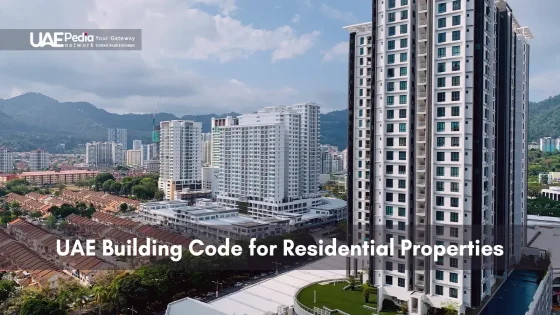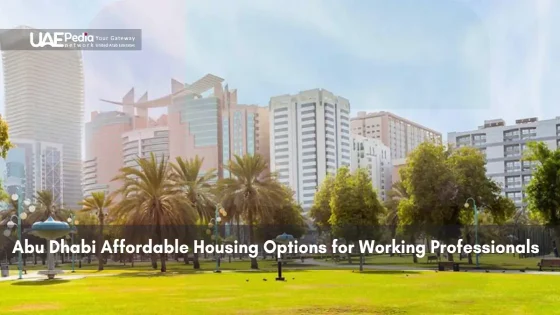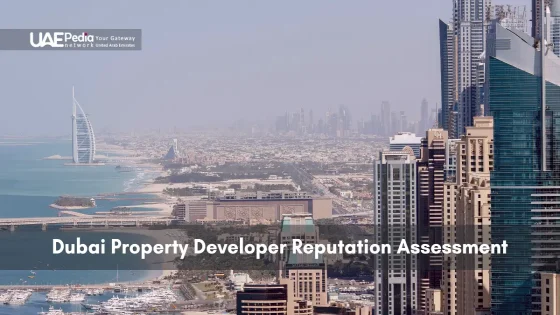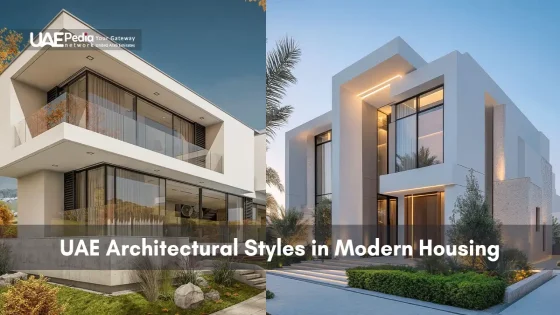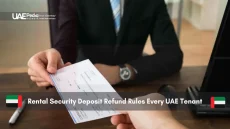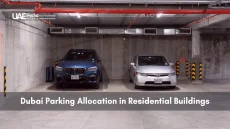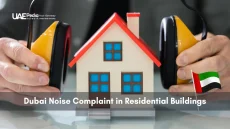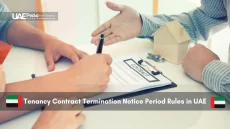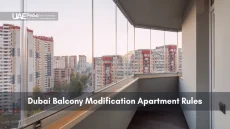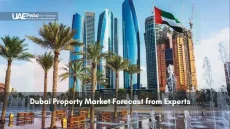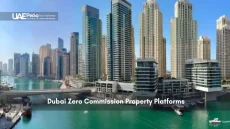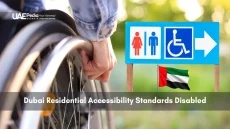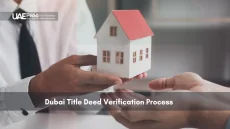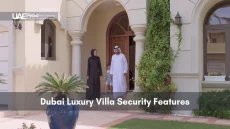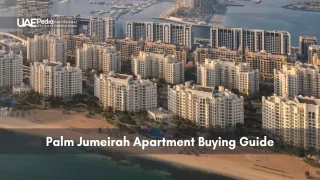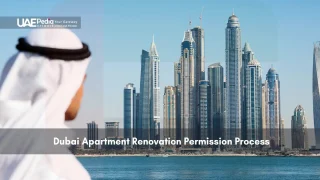Did you know Dubai’s skyline transformed by 23% in just five years due to updated design requirements? Behind every sleek tower and villa lies a meticulous framework ensuring safety meets innovation. This guide unpacks the essential playbook for creating homes that balance ambition with responsibility.
Think of construction standards as silent guardians. They ensure walls withstand desert winds, electrical systems prevent hazards, and layouts prioritize both comfort and emergency readiness. Recent reforms—like Dubai’s 2023 ventilation upgrades—show how codes evolve alongside climate challenges and tech breakthroughs.
Why does this matter to you? Whether you’re renovating a villa or evaluating a new apartment, understanding these rules helps avoid costly missteps. Compliance isn’t just about permits—it’s about future-proofing investments and aligning with global benchmarks like the Fire and Life Safety Code.
The UAE Building Code Residential Properties framework mandates technical standards that ensure structural integrity, fire safety, ventilation, and resilience to local climate conditions. Key regulations—such as 2023 ventilation upgrades and earthquake‐resistant requirements—define precise material specifications (for example, R-25 thermal resistance insulation and 30-minute fire-rated doors) and performance criteria (minimum 15 % openable windows) to optimize safety and environmental control in villas and high-rises. Annual audits and phased inspections enforce compliance, while pre-approved material lists and certified engineering reviews streamline approval workflows.
Legal provisions under Abu Dhabi’s Law No. 1 of 2011 and Resolution 203 establish a three-phase permitting process—pre-approval environmental studies, certified design verification, and multi-stage inspections—with penalties up to AED 100 000 for non-compliance. Practical compliance steps include early engagement of licensed consultants, submission of 3D thermal models for expedited review, and modular design strategies to adapt rapidly to code revisions. Adherence not only mitigates construction risks but also future-proofs investments against evolving technical benchmarks and regulatory updates.
We’ll explore:
- How updated regulations address sustainability without sacrificing style
- Real-world examples where code adherence prevented disasters
- Pro tips for navigating approvals faster (yes, it’s possible!)
Consider this your backstage pass to building smarter in a region where ambition meets precision. Let’s begin.
Understanding the Landscape of UAE Residential Building Codes
Picture this: updated fire safety rules prevented over 50 high-rise incidents in 2022 alone. Behind every secure home here lies a web of rules blending global wisdom with desert-smart adaptations. Let’s unpack how these invisible shields keep communities safe.
Where Global Meets Local
Construction rules here borrow from giants like ISO and ASTM but add twists for sandstorms and humidity. Think fire-resistant cladding that also reflects heat—a dual win. Recent updates even mandate earthquake-resistant designs, rare in this region but forward-thinking.
Safety as a Blueprint
Ever notice how balcony railings feel sturdier here? That’s not luck. Material testing protocols reject subpar steel before it reaches sites. Ventilation systems now follow 2023 airflow ratios, cutting mold risks by 18% in coastal areas. Compliance isn’t optional—it’s baked into every project phase.
One developer shared how switching to code-approved insulation slashed AC costs by 30%. These standards don’t just protect lives—they elevate living. And with annual audits, the rules keep evolving, ensuring homes stay ahead of climate shifts and tech leaps.
Read More:
Exploring the Legal Framework and Regulatory Requirements
Imagine sipping karak tea while reviewing permit documents—this blend of tradition and modern governance defines the approval dance here. Let’s untangle the rules that keep communities safe and projects on track.
Key Legal Provisions and Permitting Processes
Abu Dhabi’s Law No. 1 of 2011 acts as the backbone for construction standards. Developers must ensure designs meet 14 safety checkpoints before submitting plans. The process unfolds in three phases:
- Pre-approval: Submit environmental impact studies to local authorities
- Design review: Obtain stamps from certified engineers
- Final sign-off: Pass four-stage inspections
Resolution No. 203 adds teeth to these rules—bypassing inspections risks fines up to AED 50,000. One project manager shared: “Getting it right the first time saves months of delays.”
Government Resolutions and Enforcement Measures
Authorities don’t just set rules—they patrol them. Monthly site audits check everything from fire exits to material quality. Last year, 12 projects faced stoppages for using unapproved insulation.
| Law/Resolution | Key Focus | Penalty Range | Authority |
|---|---|---|---|
| Law No. 1 (2011) | Structural Integrity | AED 20k-100k | Municipal Dept |
| Resolution 203 | Material Compliance | AED 10k-50k | Civil Defense |
| Circular No. 8 | Accessibility Standards | Project Freeze | Planning Council |
These measures create a safety net—ensuring every home meets tomorrow’s standards today. When in doubt? Partner with licensed consultants who speak the language of regulations fluently.
UAE Building Code for Residential Properties: Essential Guidelines and Standards
What do palm tree patterns and solar panel arrays have in common? They both shape how homes are crafted here—blending heritage with tomorrow’s tech. Let’s explore the rulebook that turns blueprints into safe, stylish spaces.
Design Specifications and Safety Regulations
The magic lies in details you’d never notice. Take balcony glass thickness—must withstand 60°C temperature swings. Or drainage slopes—precisely angled to handle rare but fierce rainstorms. These aren’t suggestions; they’re non-negotiables.
| Focus Area | Requirement | Purpose |
|---|---|---|
| Ventilation | Minimum 15% openable windows | Reduce humidity buildup |
| Insulation | R-25 thermal resistance | Cut cooling costs by 22% |
| Fire Safety | 30-minute fire-rated doors | Delay flame spread |
One architect shared how using code-approved shading devices transformed a Jumeirah villa—keeping it cool without blocking sea views. “Rules spark creativity,” she noted.
Practical Steps for Compliance and Approval
Here’s your roadmap:
- Engage certified consultants early—they’ll flag issues before ground breaks
- Use pre-approved material lists (saves 6 weeks in reviews)
- Schedule phased inspections—don’t wait until completion
Developers at Palm Jumeirah’s latest project shaved 4 months off timelines by submitting 3D thermal models upfront. Energy efficiency? Bake it in from day one—solar-ready roofs now earn fast-tracked permits.
Remember: meeting standards isn’t a hurdle—it’s your blueprint for homes that wow today and endure tomorrow.
Overcoming Challenges and Navigating Regulatory Updates
Picture a developer mid-project discovering new material standards—three weeks before inspections. Sound stressful? It’s a common hurdle here. Staying ahead requires agility and smart planning. Let’s unpack how industry leaders turn regulatory waves into opportunities.
Adapting to Frequent Code Revisions
Code changes here roll out faster than summer sandstorms. One Dubai firm avoided six-figure delays by:
- Subscribing to municipal alerts (free, but underused)
- Holding monthly “regulation huddles” with engineers
- Using modular designs that adapt to new requirements
Their secret? “Treat compliance like a feature, not a bug,” says the project lead. Tools like digital dashboards now track real-time updates across emirates.
| Challenge | Solution | Outcome |
|---|---|---|
| Last-minute insulation upgrades | Pre-approved supplier partnerships | Zero downtime |
| Shifting fireproofing specs | On-site 3D printing capabilities | 20% cost reduction |
| New accessibility mandates | AI-powered layout simulations | Faster approvals |
Strategies to Address Enforcement Gaps
When Abu Dhabi halted 14 projects last year for outdated electrical plans, smart teams pivoted fast. They:
- Hired compliance specialists early
- Ran parallel mock inspections
- Leveraged third-party audits pre-submission
Fines can sting—up to AED 100,000 for repeat offenses. But proactive teams turn penalties into playbooks. The Al Reem Island retrofit became a case study after using penalty data to redesign 40+ units in record time.
Forward-thinking? Absolutely. Continuous development of standards isn’t red tape—it’s quality assurance. As one visionary put it: “Today’s ‘extra steps’ become tomorrow’s industry norms.”
Integrating Sustainability, Energy Efficiency, and Modern Practices
What if your morning coffee could power your home? While that future’s still brewing, the region’s green revolution is already reshaping how homes consume energy. From solar-paneled rooftops to AI-driven cooling systems, sustainability now drives design—without sacrificing comfort.
Green Rules Spark Smart Solutions
Dubai’s 2023 building updates mandate solar-ready roofs for all new villas. One project in Jumeirah reduced energy use by 40% using code-approved photovoltaic tiles. Builders now source 30% recycled materials—think repurposed glass countertops and reclaimed steel beams.
Carbon-Cutting Designs That Wow
The Sustainable City complex proves eco-friendly can be luxurious. Its homes feature:
- Greywater recycling systems irrigating native gardens
- Wind towers cooling interiors naturally
- Smart meters tracking real-time usage
Result? A 65% smaller carbon footprint than traditional communities. “Residents save money while protecting the environment,” notes the lead architect.
From Blueprint to Reality
Sharjah’s Rainwater Harvesting Project transformed 500 homes into mini reservoirs during rare storms. Abu Dhabi’s new construction sector partnerships deploy AI to optimize material waste—saving 18,000 tons of concrete annually. These aren’t experiments; they’re proof that modern practices create resilient, desirable spaces.
| Initiative | Impact | Savings |
|---|---|---|
| Solar Mandates | 25% cleaner energy | AED 8k/year per home |
| Smart Insulation | 32% less AC use | 1.2M kWh saved |
| Recycled Materials | 40% waste reduction | 18% cost drop |
The future’s bright—and energy-efficient. As one developer put it: “We’re not just building houses. We’re crafting ecosystems that give back.” Ready to join the movement?
Check out the below:
Looking Ahead: The Future of Residential Building Code Developments in the UAE
Ever wondered what your home might look like in 2030? Across the united arab emirates, regulators are blending tradition with tomorrow. Think AI-powered permit reviews completed in hours, or 3D-printed neighborhoods meeting zero-waste targets. Abu Dhabi’s 2025 roadmap hints at “smart permits” that auto-approve solar-ready designs—a game-changer for sustainable communities.
Social shifts are reshaping priorities. With evolving real estate funds attracting global investors, standards now balance luxury with longevity. Expect stricter energy benchmarks—like Dubai’s upcoming mandate for carbon-neutral villas—and tech like digital twins simulating storm resilience before ground breaks.
Abu Dhabi leads this charge, piloting blockchain systems to track materials from quarry to living room. Meanwhile, Sharjah’s heritage-inspired codes ensure new towers echo regional aesthetics. The result? Homes that aren’t just safe, but culturally resonant—boosting property values while honoring the arab emirates’ identity.
Stay curious. As the region redefines modern living, embracing these shifts means building smarter—and leaving footprints future generations will admire. Ready to shape what’s next?
The UAE’s residential codes prioritize safety, fire resistance, and structural integrity. Key rules cover materials, ventilation, emergency exits, and accessibility. Dubai’s regulations (like Law No. 22 of 2023) and Abu Dhabi’s International Building Code adaptations set benchmarks for design and energy efficiency. Always check with local municipalities for project-specific updates.
Permitting timelines vary, but Dubai’s DMT and Abu Dhabi’s DMT typically process approvals within 4–8 weeks if plans meet code. Delays happen if fire safety layouts or sustainability reports (like Estidama in Abu Dhabi) need revisions. Working with certified consultants speeds things up!
Absolutely! Green building codes like Dubai’s Al Sa’fat and Abu Dhabi’s Estidama require energy-efficient lighting, water-saving fixtures, and solar-ready designs. Some communities even mandate LEED certification. Expect rooftop solar panels and smart metering to become standard soon.
Non-compliance can lead to fines, halted projects, or mandatory redesigns. In Dubai, fines start at AED 50,000 for serious violations. Authorities like Sharjah’s SBCA conduct surprise inspections, so it’s smarter to hire third-party auditors early in the design phase.
Yes—Abu Dhabi leans on the International Building Code, while Dubai uses localized standards. For example, Dubai mandates larger parking spaces per unit, and Abu Dhabi enforces stricter insulation rules. Always verify regional amendments before breaking ground.
Major updates happen every 2–3 years, with smaller tweaks more frequently. The 2023 Dubai Fire Code overhaul is a recent example. Subscribe to alerts from the Federal Authority for Government Human Resources or local civil defense portals to stay current.
Smart systems for fire alarms, energy monitoring, or access control often exceed basic code requirements. In Dubai Hills Estate and Masdar City, developers integrate IoT devices to future-proof homes while aligning with federal safety and sustainability goals.
